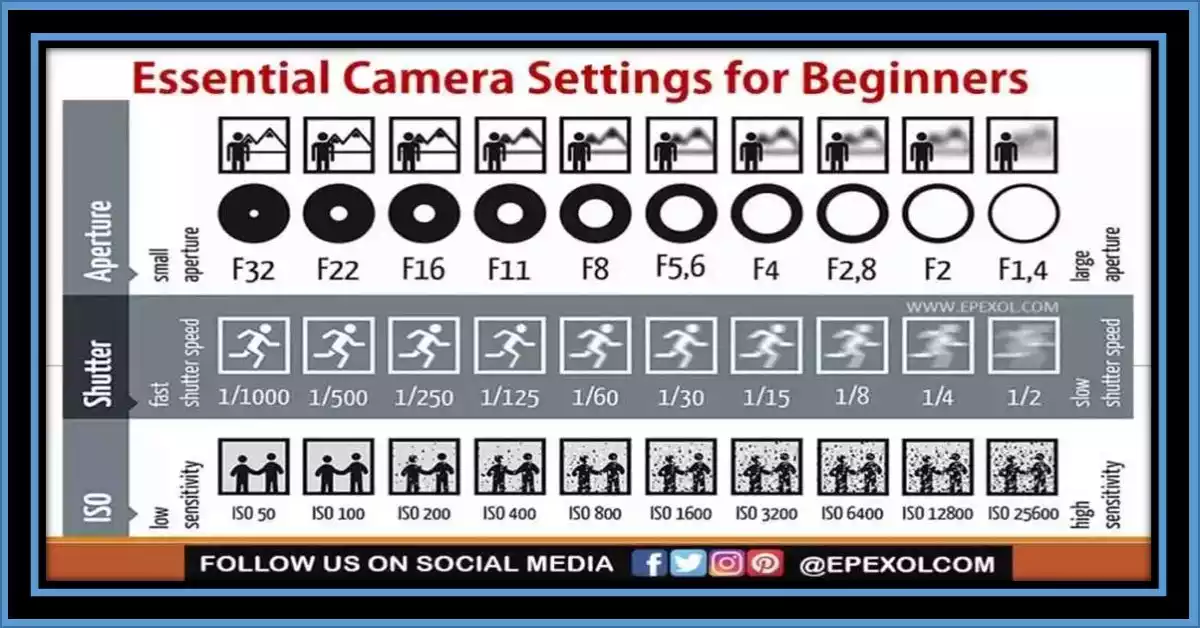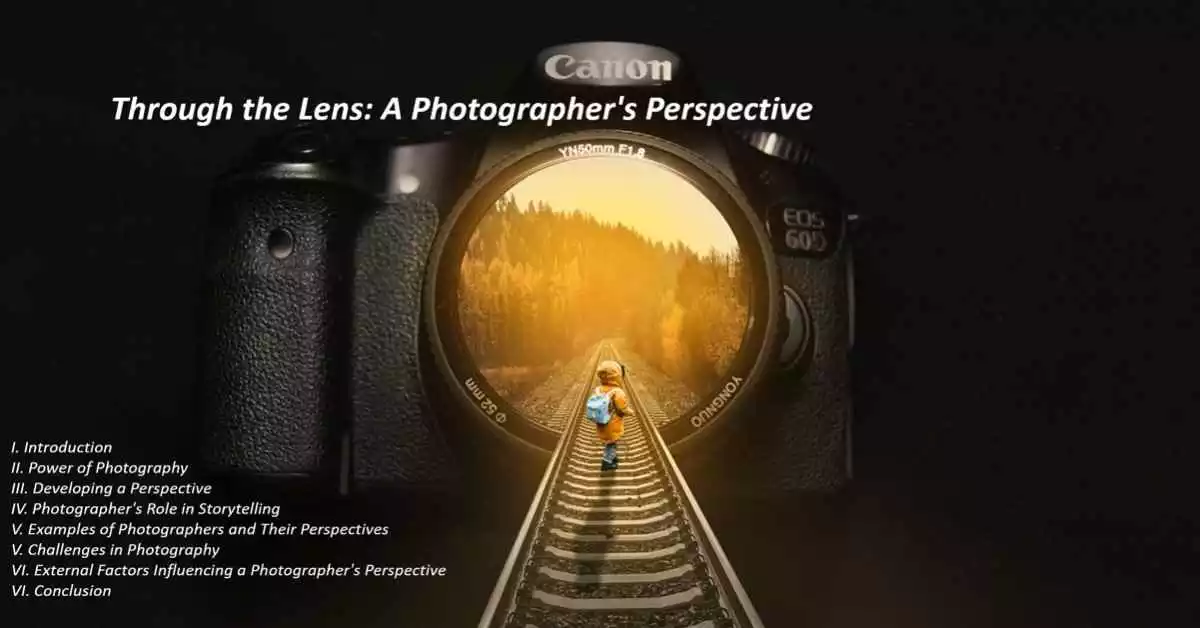Taking better photos doesn’t have to be complicated or overwhelming. In fact, sometimes it’s the simple thing that can make a big difference. Photography is a wonderful way to capture memories, express your creativity, and share your perspective with others. Whether you’re a beginner or an experienced photographer, there’s always room for improvement.

Image about taking better photos. Photo by Pixabay
In this article, we’ll share five simple tips to help you take better photos and improve your skills. From getting to know your camera to paying attention to lighting, these tips will help you create beautiful, memorable images that you can be proud of.
Get to Know Your Camera
One of the most important things you can do to improve your photography is to get to know your camera. Whether you have a fancy DSLR or a basic point-and-shoot, it’s important to understand how your camera works and what it’s capable of.
Take some time to read the manual and learn about the different features and settings. Experiment with different modes and settings to find out what works best for you.
For example, most cameras have a variety of shooting modes, such as portrait, landscape, and sports. These modes adjust the camera settings to optimize for the specific type of photo you’re taking. Try experimenting with these modes to see how they affect your photos. You can also adjust settings such as ISO, shutter speed, and aperture to control the exposure and depth of field in your photos.
Another important feature to understand is focus. Most cameras have different autofocus modes, such as single-point or multi-point autofocus. These modes determine how the camera selects the focus point in your photo. Take some time to experiment with these modes to find out which one works best for your needs.
By taking the time to understand your camera and experiment with its features and settings, you’ll be able to take more control over your photos and create the images you want. Don’t be afraid to try new things and take risks. That’s how you’ll learn and grow as a photographer.
Focus on Composition:
Composition is the arrangement of visual elements in a photo. It’s one of the most important aspects of photography and can make the difference between a good photo and a great one.
To create a well-composed photo, start by thinking about the rule of thirds. This involves dividing your image into thirds both horizontally and vertically. Place your subject at the intersections of these lines to create a more visually appealing composition.
Another important aspect of composition is balance. A well-balanced photo will feel harmonious and pleasing to the eye. There are different types of balance, such as symmetrical and asymmetrical. Symmetrical balance involves creating a mirror image on either side of the photo, while asymmetrical balance involves creating a sense of equilibrium using different visual elements.

You can also create depth in your photos by using leading lines. Leading lines are lines in the photo that draw the viewer’s eye towards the subject. They can be straight lines, such as a road or path, or curved lines, such as a river or coastline.
Finally, don’t be afraid to experiment with different angles and perspectives. Shooting from a low or high angle can create a unique and interesting composition. By playing around with composition, you can take your photos to the next level and create something truly memorable.
Pay Attention to the Lighting
Lighting is one of the most important factors in photography. It can make or break a photo, so it’s important to pay attention to it when you’re taking your shots. The type and quality of lighting can affect the mood and atmosphere of your photo, as well as the overall clarity and sharpness.
One of the best times to shoot is during the “golden hour,” which is the hour after sunrise or before sunset. During this time, the light is softer and warmer, which can create a beautiful, natural-looking photo.
Alternatively, you can experiment with shooting during different times of the day to see how the lighting changes the look and feel of your photos. Another important factor to consider is the direction of the light.
Front lighting, where the light source is in front of the subject, can create a bright and even exposure. Backlighting, where the light source is behind the subject, can create a more dramatic and moody effect. Side lighting, where the light source is to the side of the subject, can create shadows and depth in your photo.
Finally, don’t be afraid to use artificial lighting, such as a flash or studio lights. This can help you create a specific mood or look in your photos, and can be particularly useful when shooting indoors or in low light situations.
By paying attention to the lighting in your photos, you can create more visually stunning and impactful images.
Take Multiple Shots
When you’re out taking photos, don’t be afraid to take multiple shots of the same subject. This will give you more options to choose from and can increase your chances of getting the perfect shot. Try taking a variety of shots from different angles, perspectives, and focal lengths to see what works best.
Taking multiple shots can also be useful when shooting moving subjects, such as sports or wildlife. By taking a burst of shots in quick succession, you can capture the action and choose the best shot later. Another tip is to use the “bracketing” feature on your camera.
This involves taking multiple shots at different exposures, such as underexposed, correctly exposed, and overexposed. This can help you capture more detail in the shadows and highlights, and can be particularly useful when shooting in high-contrast lighting conditions.
After you’ve taken your shots, take some time to review them on your camera’s LCD screen. This can help you identify any issues or areas for improvement, and can give you ideas for how to improve your next shot.
By taking multiple shots and experimenting with different settings and techniques, you can increase your chances of capturing that perfect shot and improve your photography skills over time.
Edit Your Photos:
Editing is an essential part of the photography process, and can help you enhance your photos and bring out their full potential. Even small adjustments, such as adjusting the brightness or contrast, can make a big difference in the final result.
There are many editing software options available, from basic programs like Apple Photos or Google Photos, to more advanced ones like Adobe Lightroom or Photoshop. You don’t need to be a professional photographer or have a lot of experience to get started with editing. There are many tutorials and resources available online that can help you learn the basics.
When editing your photos, start by adjusting the exposure, contrast, and saturation. These basic adjustments can help bring out the details and colors in your photos. You can also experiment with cropping, adding filters, and adjusting the white balance to create a specific look or mood.

It’s important to note that editing should be used to enhance your photos, not to completely change them. Avoid over-editing your photos and strive to maintain a natural and realistic look.
Once you’ve edited your photos, be sure to save them in the appropriate format for your needs. If you plan to share them online, you may want to resize them and save them in a web-friendly format like JPEG.
By taking the time to edit your photos, you can improve their overall quality and create more visually appealing images.
Conclusion
People of all ages and skill levels can enjoy a fun and rewarding hobby like photography. By following these simple tips, you can take better photos and improve your photography skills over time.
Remember to get to know your camera and its settings, pay attention to composition, lighting, and take multiple shots. Don’t be afraid to experiment with different techniques and settings, and take the time to review and edit your photos to bring out their full potential.
Above all, have fun and enjoy the process of capturing and creating beautiful images. With practice and persistence, you can take your photography to the next level and create stunning images that you’ll be proud to share with others.


